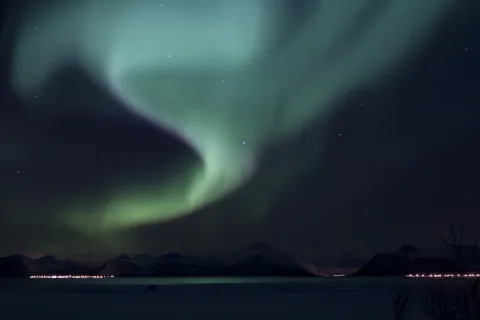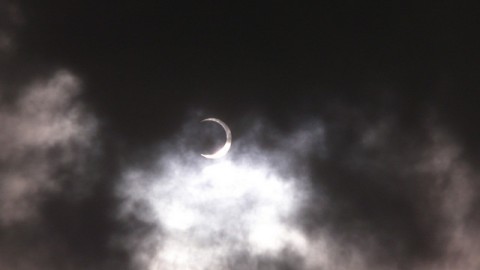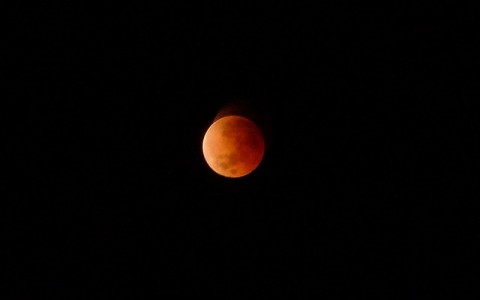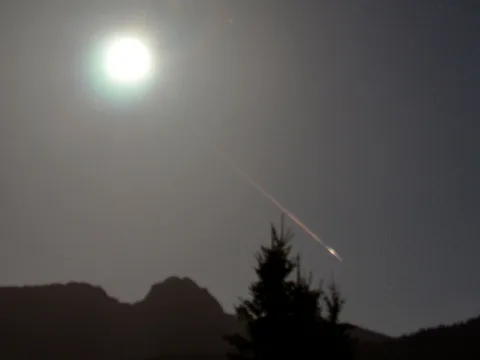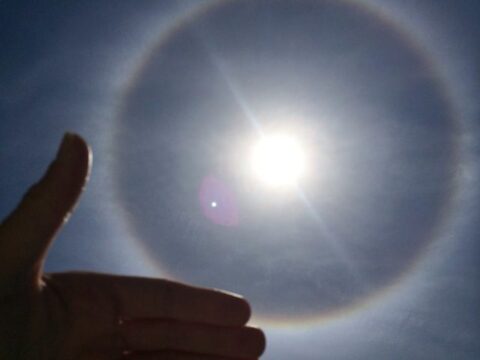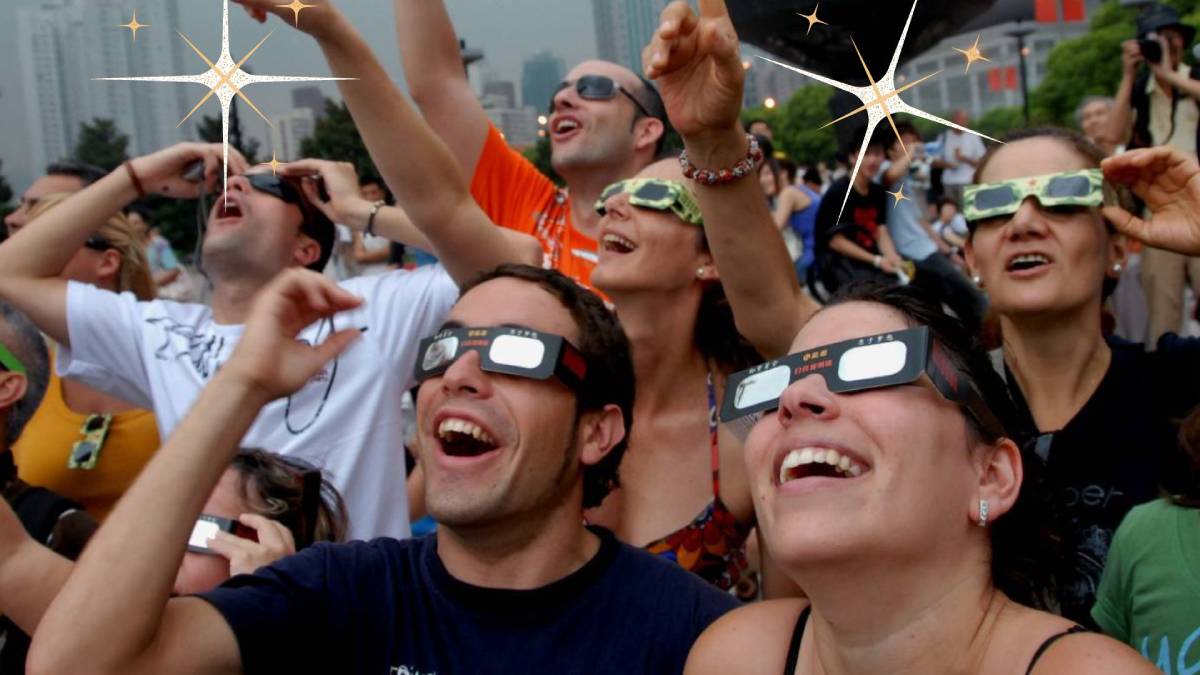Do you enjoy watching sky events?
Outer space weather is always fun to observe and, best of all, it will never force you to open your umbrella… unless a couple falling meteorites decide to rain on your parade, that is.
While you may not always hear about sky events on the local weather forecast, there’s pretty much always something going on in the exosphere and beyond that’s worthy of your attention.
There are all types of fascinating sky events going on that you could see if you just know where and when to look. In fact, there is a special space weather alert system you can subscribe to for updates right on your phone.
#1 – Aurora Borealis
One of the most striking sky events that you could ever see is the Aurora Borealis, which is also referred to as the Northern Lights.
The fluorescent ribbon of light seen in the sky over the higher altitudes is caused by energy released by ions and atmospheric atoms caught in the interplay between solar winds and Earth’s magnetic field.
Usually, the Aurora Borealis can be seen from various locations between 10 degrees and 20 degrees latitude from the magnetic poles, but geomagnetic storms can cause the Northern Lights to be seen in many of the northern lower 48 states.
Aurora Borealis Viewing Tips:
- When And Where To See The Aurora Borealis
- U.S. Locations To View The Northern Lights
- Daily Aurora Forecast
- 5 Things No One Ever Tells You About The Northern Lights
- How To Photograph The Aurora Borealis
#2 – Solar Eclipses
A solar eclipse occurs when the Moon orbits directly between the Earth and the Sun, blocking part or all of the Sun’s disk.
There are 4 types of solar eclipses:
- Total eclipse – When the Moon completely blocks the light of the sun, revealing only the solar corona. Total eclipses are seen only along very narrow swaths of the Earth.
- Annular eclipse – Occurs when the Sun and Moon are completely in line, but the Moon’s disk looks smaller than the Sun’s, leaving a bright rim (annulus) of the Sun visible around the dark Moon.
- Hybrid eclipse – Also called an annular/total eclipse, can shift between a total and annular eclipse at various points across the Earth’s surface.
- Partial eclipse– Happens when the Sun and Moon aren’t exactly in line and the Moon only partially covers the disk of the Sun. Partial eclipses are usually visible for longer periods of time.
Watching a solar eclipse requires a special viewer that filters the intense light coming from the sun. (Didn’t your parents say never to stare at the sun?)
Here’s how to make a solar eclipse viewer.
Solar Eclipse Viewing Tips:
- Solar Eclipse Dates For The Past… And Future
- How To Photograph A Solar Eclipse
- 4 Ways To Watch A Solar Eclipse Safely
- How NOT To View A Solar Eclipse
#3 – Lunar Eclipses
Lunar eclipses happen when the Moon is passing behind Earth and into its shadow (also called the umbra). This sky event occurs when the Sun, Earth, and Moon are exactly or very closely aligned, with our planet in the middle of that arrangement.
There are general 2 types of lunar eclipses:
- Partial lunar eclipse – When only a part of the moon enters Earth’s umbra; the Moon will look slightly darker, but will still be clearly visible in the night sky.
- Total lunar eclipse – Happens when the moon completely enters the umbra and the Moon is almost completely obliterated during the peak of the eclipse. Totality can last as long as about 107 minutes, based on the relative orbital patterns of the Earth and Moon.
Lunar eclipses can be seen anywhere on the nightfall side of Earth, as compared to solar eclipses, which are seen only in relatively small geographical areas.
Also, unlike solar eclipses, lunar eclipses can last for several hours, and are completely safe to view with the naked eye.
Lunar Eclipse Viewing Tips:
- Lunar Eclipse Dates For The Past… And Future
- How To Photograph A Lunar Eclipse
- 10 Interesting Lunar Eclipse Facts
- Lunar Eclipse Questions & Answers
#4 – Meteor Showers
This sky event, during which multiple meteor showers come from a single area in the night sky, happens when Earth travels through a trail of cosmic debris called meteoroids.
Most meteoroids are smaller than a grain of sand, but when they burn up upon entering Earth’s atmosphere, they create a streak of light.
Two of the most common, regularly occurring meteor events are:
- Perseids meteor shower – appears to come from the constellation Perseus
- Leonids meteor shower – can be seen in the sky near the constellation Leo
Meteor Shower Viewing Tips:
- 10 Things You Should Know About Meteors And Meteorites
- Upcoming Meteor Showers
- All About Meteor Showers From The American Meteor Society
- How To Photograph Meteor Showers
- Top 10 Tips For Meteor Watchers
I'm a weather geek from Florida who's been studying meteorology and watching weather patterns for years! I enjoy sharing little-known facts and fun stuff about the weather. I especially like sharing interesting details about weather events and conditions that can affect you… and how to prepare for Mother Nature's ever-changing weather patterns.


